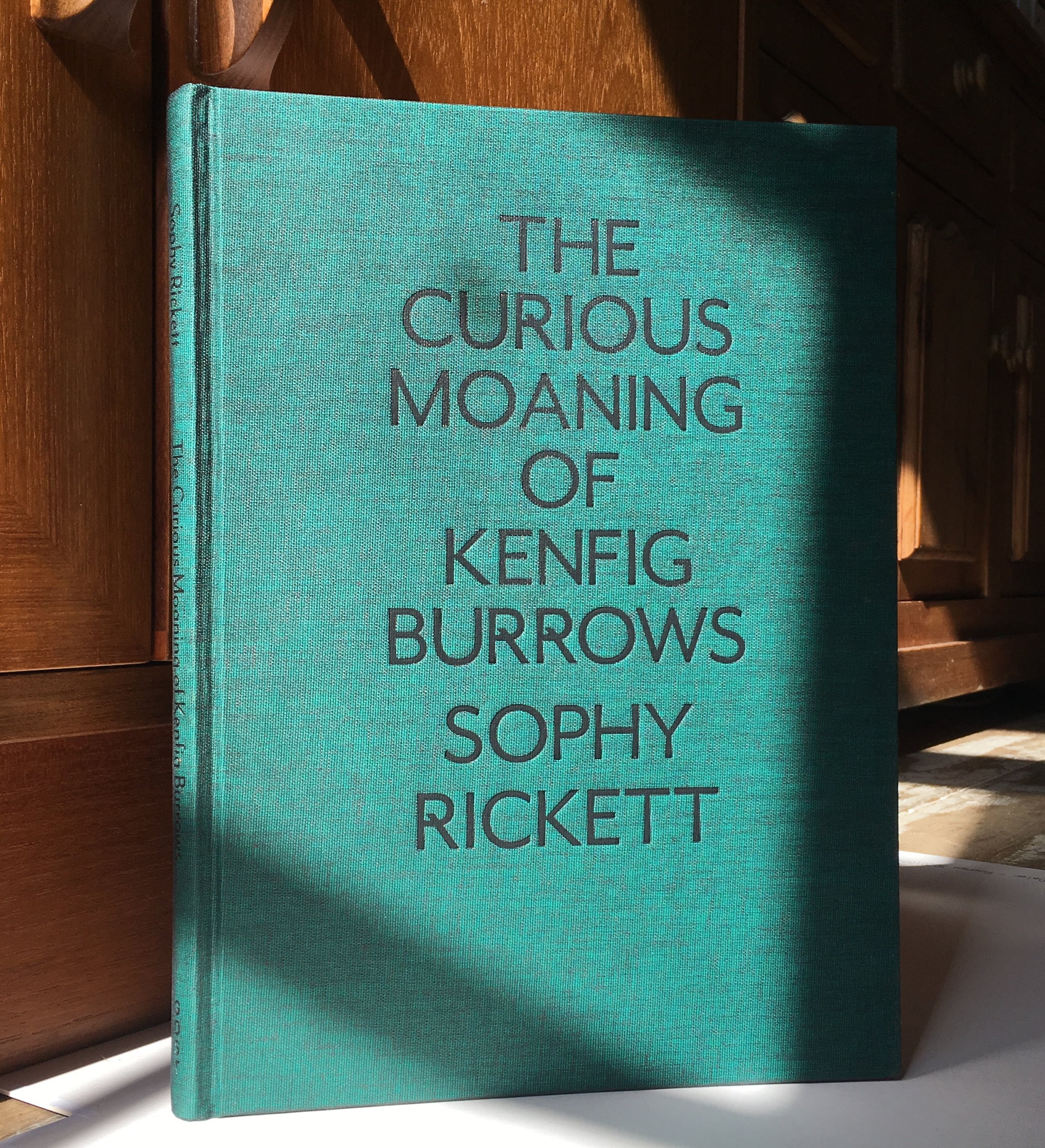
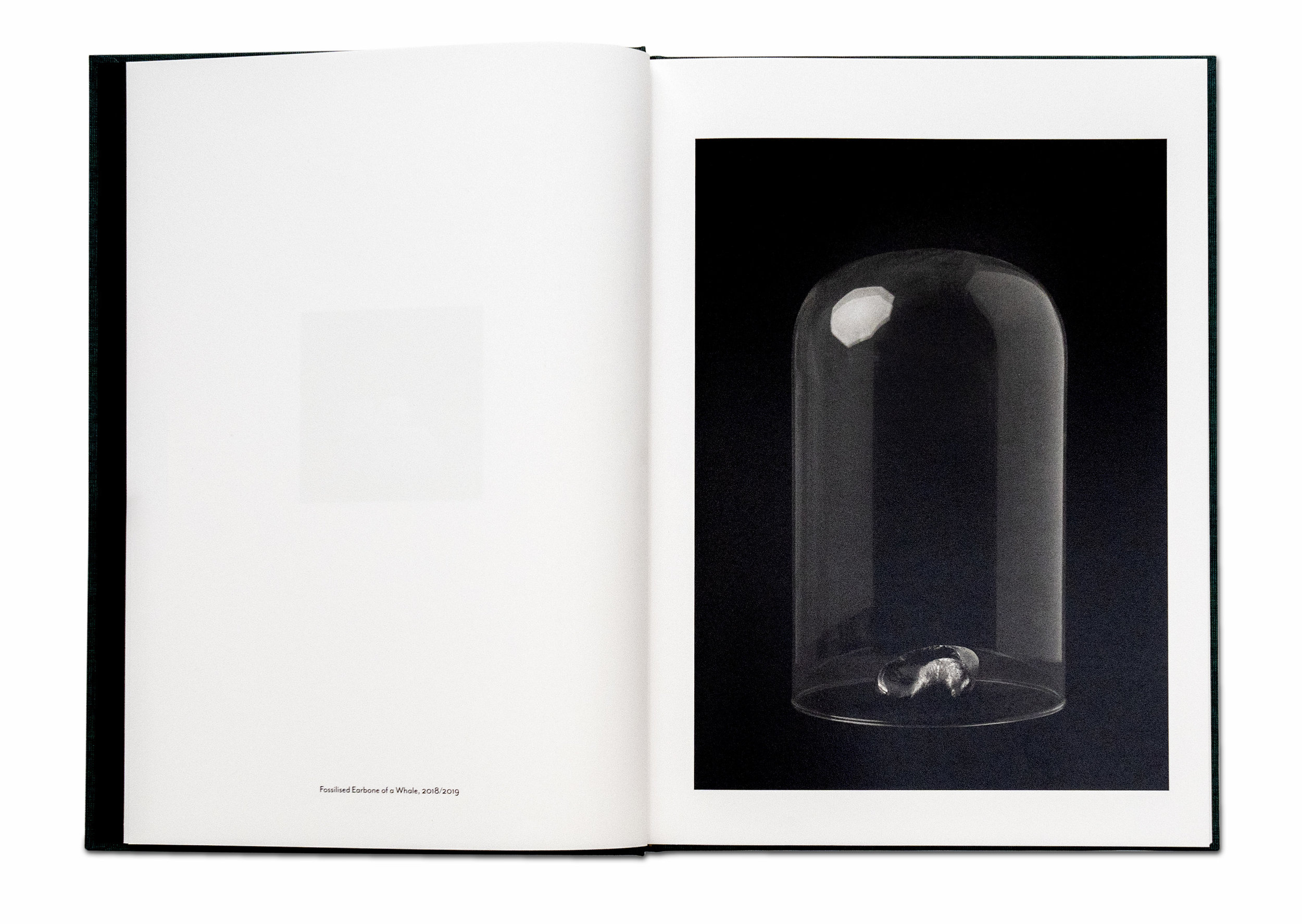
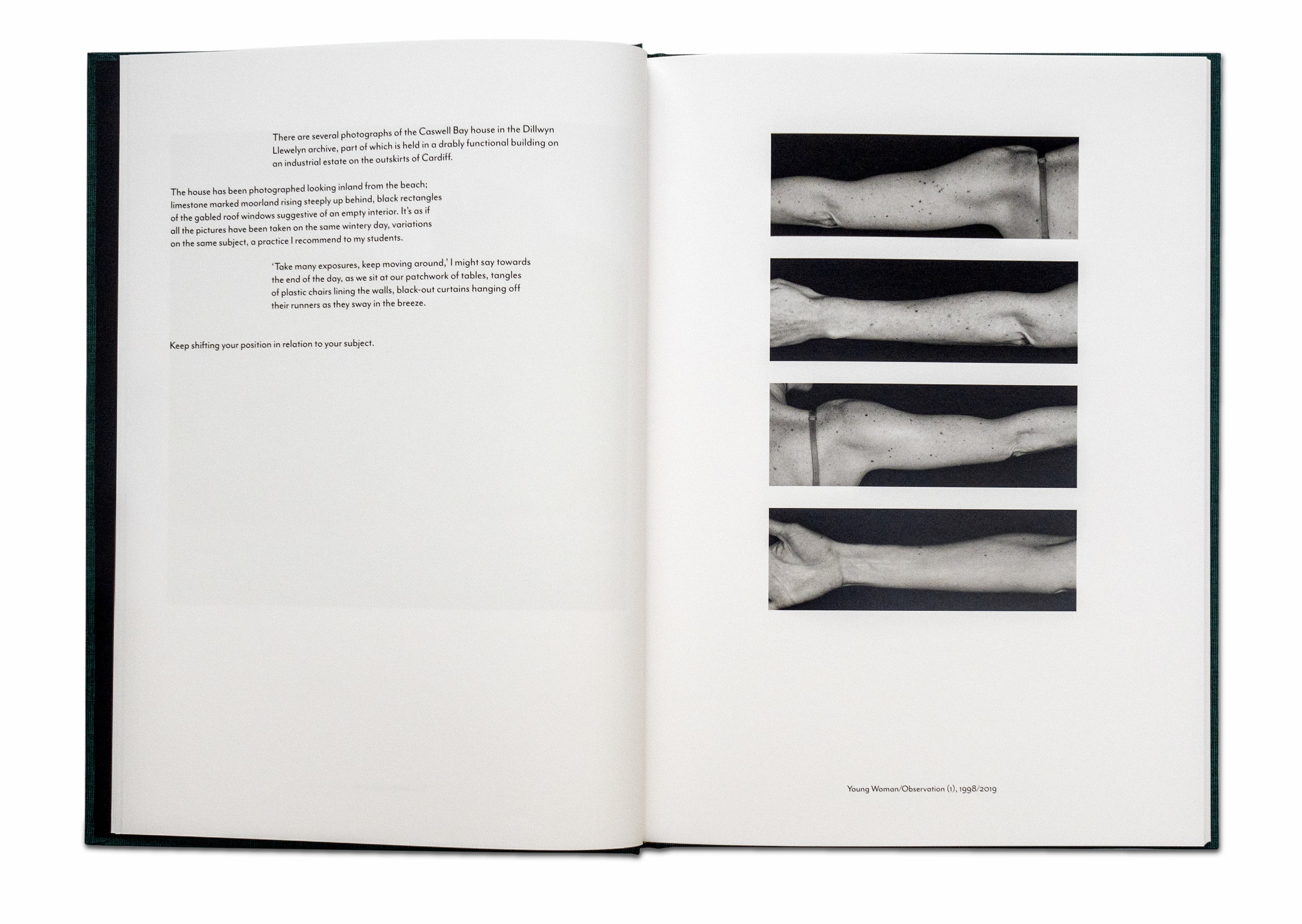
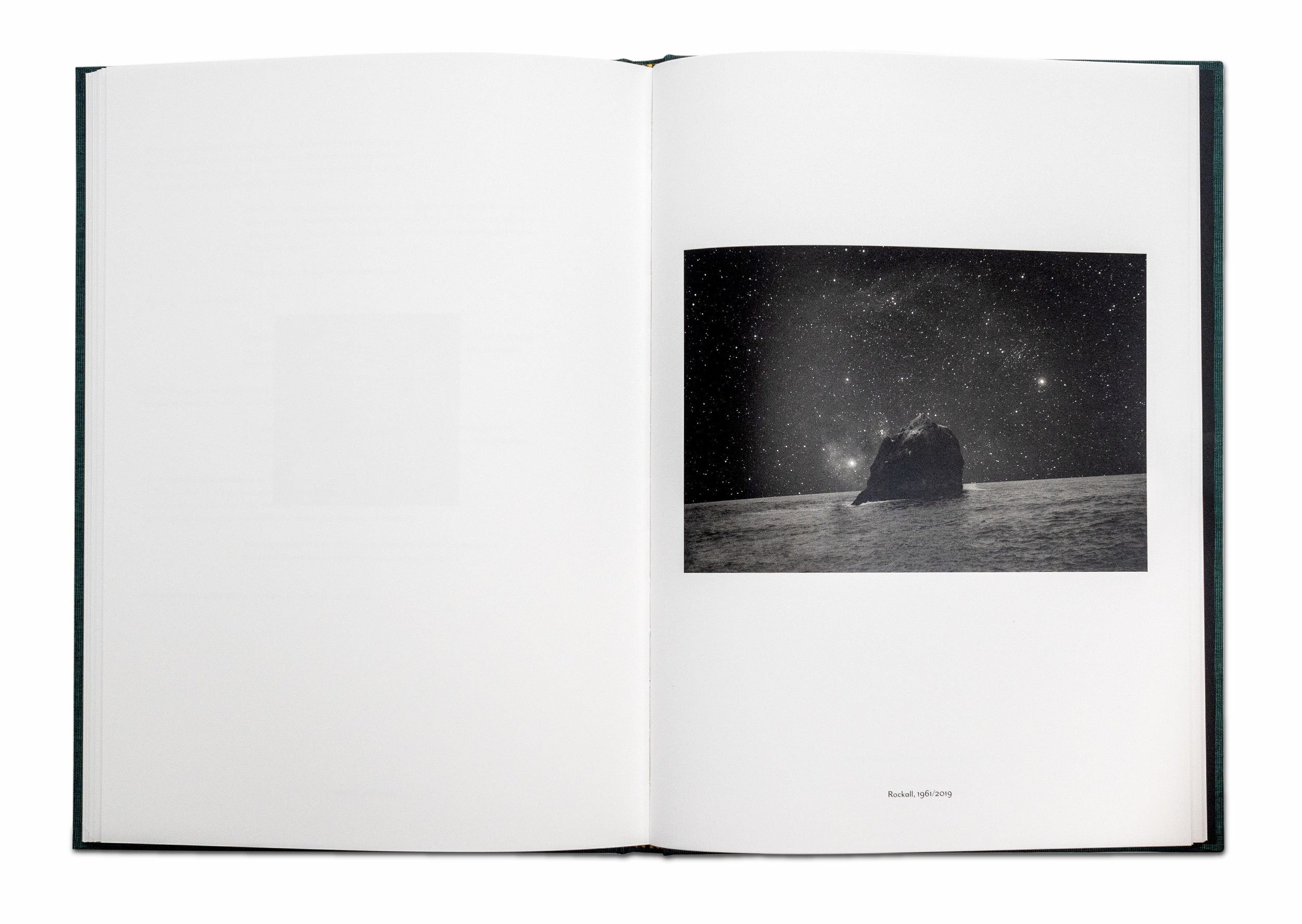
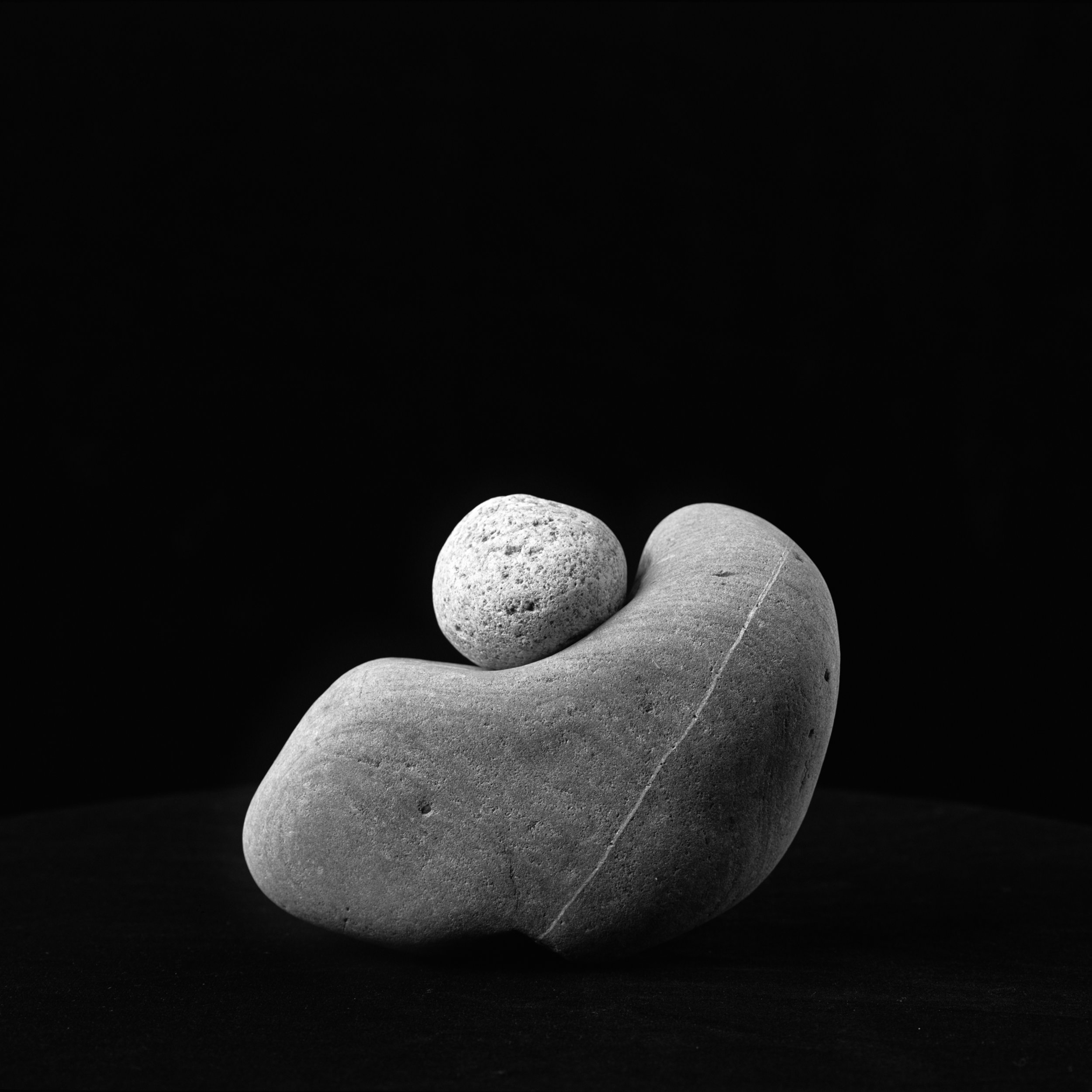

Reviewed in The Brooklyn Rail
By Anna Souter
“Keep shifting your position in relation to your subject,” photographer Sophy Rickett often advises her students. In terms of practical photographic techniques, it seems like sound advice: move around the object you’re photographing, take multiple exposures, variations on a theme. It also acts as a guiding principle for how Rickett approaches the ostensible “subject” of her latest book The Curious Moaning of Kenfig Burrows, Thereza Dillwyn Llewelyn, a little-known Welsh artist and astronomer active at the end of the 19th century. Throughout this lyrical and poetic photobook, which combines Rickett’s own words and images across 80 elegant pages, the photographer and writer circles around the subject of her research like a constantly moving stream of water, allowing narrative fragments to float to the surface before they sink away again.
Thereza Dillwyn Llewelyn was an extraordinary woman from a family of photographic pioneers—her mother’s cousin was Henry Fox Talbot. She grew up at Penllergare House in Glamorganshire, Wales, where her father built her an observatory for her 16th birthday from which she took some of the earliest known photographs of the moon. Her uncle lived a few miles away at Margam Castle, near the landscape feature that gives its strange name to the book: “From that high up position overlooking the bay, they would know when a storm was approaching from the sound of the wind whistling up from Kenfig Burrows, a ‘curious moaning’ that was, according to her uncle, Kenfig Burrows ‘talking’ to Margam Mountain.” Rickett was struck by this image of “a landscape in dialogue with itself, the way it evokes the physical contours of the valley, the geological terrain.”